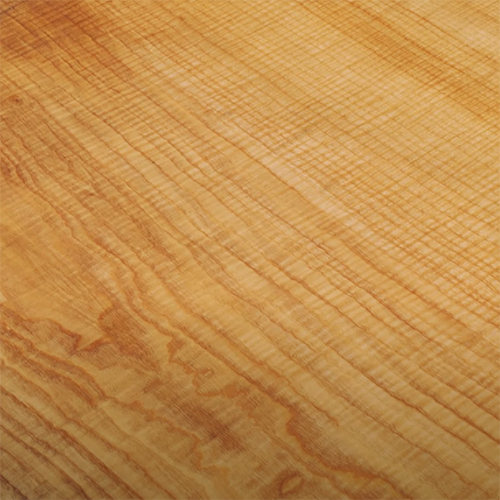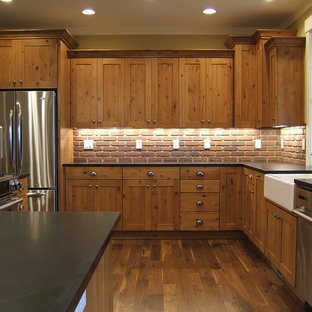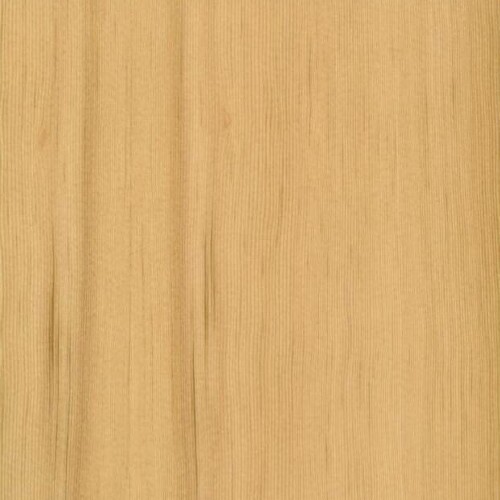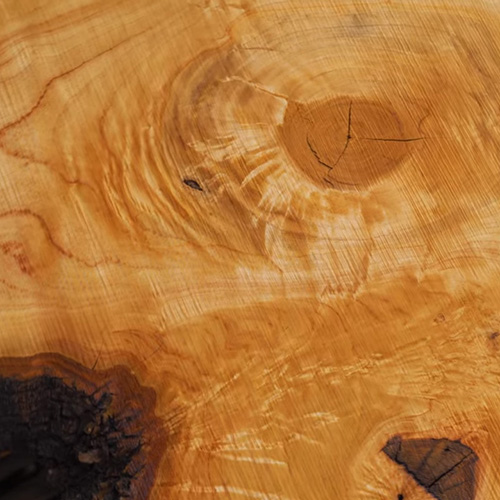European Ash
[Fraxinus excelsior]
A large, deciduous tree, the European Ash grows natively in Britain, Ireland, and throughout mainland Europe — with a footprint stretching from Spain to Russia, the Trondheimsfjord region of Norway to Greece, and as far east as the Alborz and Caucasus Mountains. It’s even been naturalized in New Zealand, the United States, and Canada.
Tall and graceful – often growing together to form a canopied dome – the European Ash is a resilient, rapidly growing tree that has always been an important species from a utilitarian standpoint. But throughout history, it’s also been held in high spiritual regard for many cultures, many of which thought the tree possessed medicinal and mystical properties. In fact, the wood was often burned to ward off evil spirits.
In Scandinavia, an immense “cosmic tree” – a European Ash – connected the Nine Worlds in Norse Mythology, including Asgard and Niflheim. Named “Yggdrasil,” the tree was said to lie at the very center of the universe, with one myth explaining that the first man on Earth came from the “Tree of Life,” which it was also known as.
Across the North Sea in Britain, the Druids considered the European Ash so sacred they often made their wands from its straight-grained wood. And on the Isle of Bute in Scotland, lovers reportedly used to eat leaves of a European Ash called the “Dreamin’ Tree” that grew near the church of St Blane — believing that the resulting dreams they had would reveal their actual spouses and fates.
From a practical standpoint, European Ash has always been regarded as one of the most versatile and important wood resources — filling a wide range of uses and needs for farmers and small landowners in the countryside. It’s one of the toughest hardwoods, heavy and straight-grained, yet flexible and able to absorb shock without splintering. Which is why it’s been relied on for ages to make tool and sport handles — hammers, axes, spades, hockey sticks, oars, and especially hurleys. In fact, the wood is so important to hurling that in Ireland the game is referred to as the “Clash of the Ash.”
As durable as European Ash is, it’s also an attractive, light-colored wood. While the sapwood, which can be very wide, tends to be creamy white or beige, the heartwood tends to range from light to medium brown, though it can feature darker streaks. When such streaks do appear, the wood is often referred to as “Olive Ash,” because it resembles the wood of Olive trees in the Olea genus. The grain of European Ash is almost always straight grained and regular, with a course, even texture. But curly or figured grain does occur in rare instances.
Infused with beauty, purpose, and spirituality, European Ash is an inspired choice for elegant wood veneer sheets, custom plywood, modern furniture, flooring, millwork, and turned objects.
Species Distribution:
Europe
Mainland Europe
Caucasus mountains
Alborz mountains
Britain
Ireland
Norway
Southwestern Asia
Common / Alternative Names:
Ash
Common Ash
Janka Hardness:
1,480 lbf
Sustainability Status:
CITES Appendices: Not listed
IUCN Red List of Threatened Species: Not listed
Related Species:
Black Ash (Fraxinus nigra)
Blue Ash (Fraxinus quadrangulata)
Green Ash (Fraxinus pennsylvanica)
Oregon Ash (Fraxinus latifolia)
Pumpkin Ash (Fraxinus profunda)
Tamo Ash (Fraxinus mandshurica)
White Ash (Fraxinus americana)









